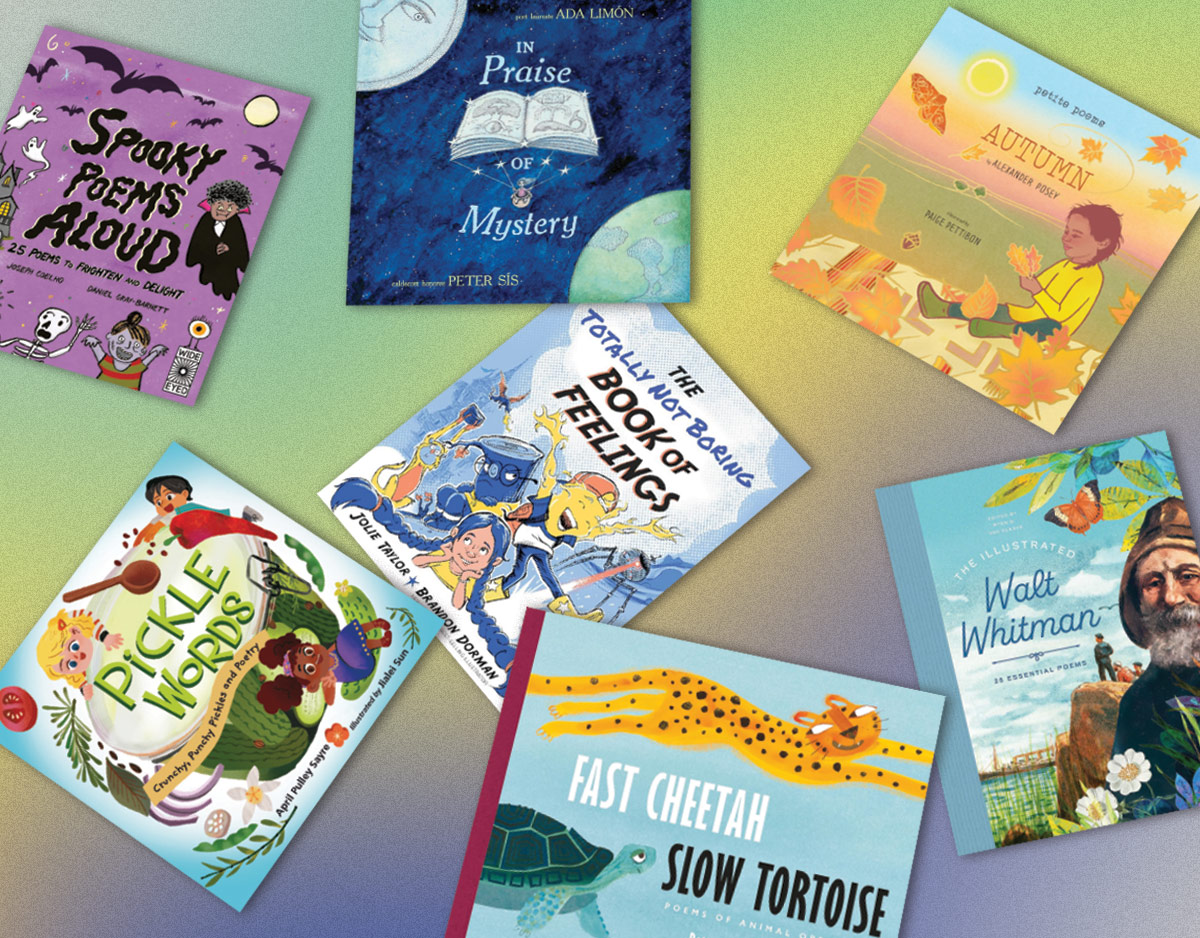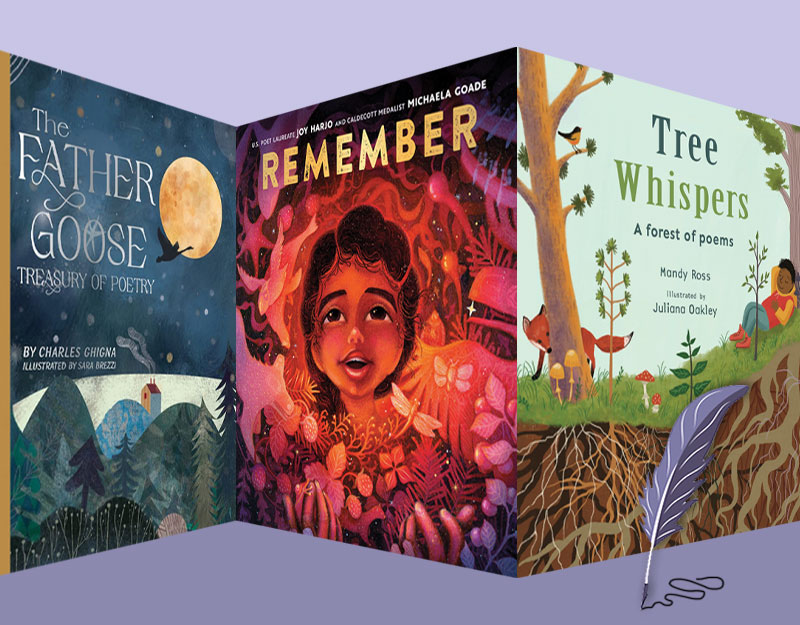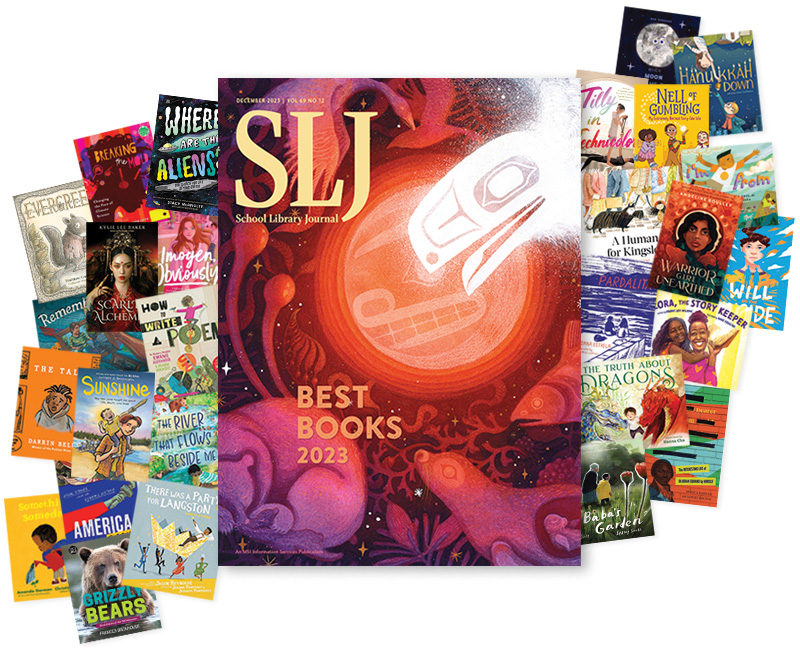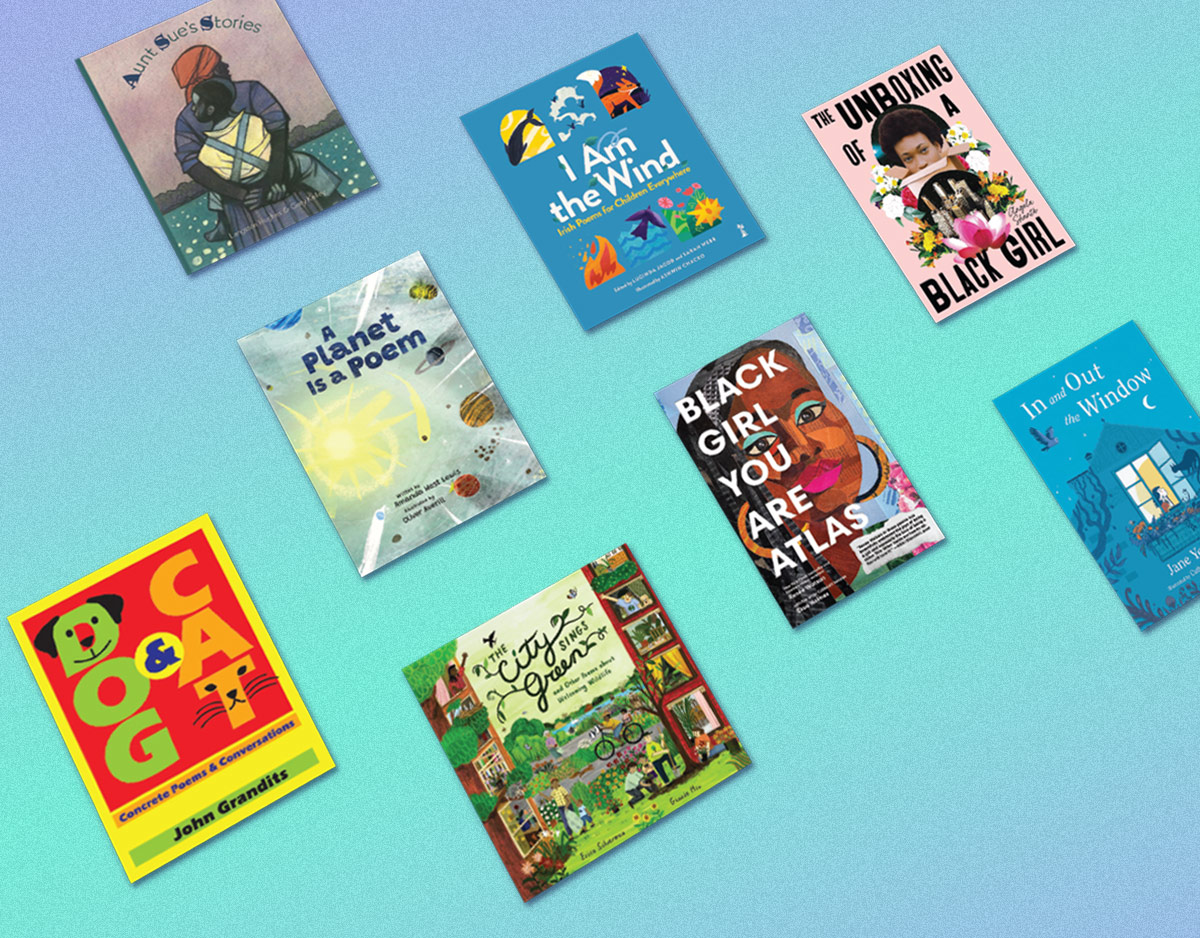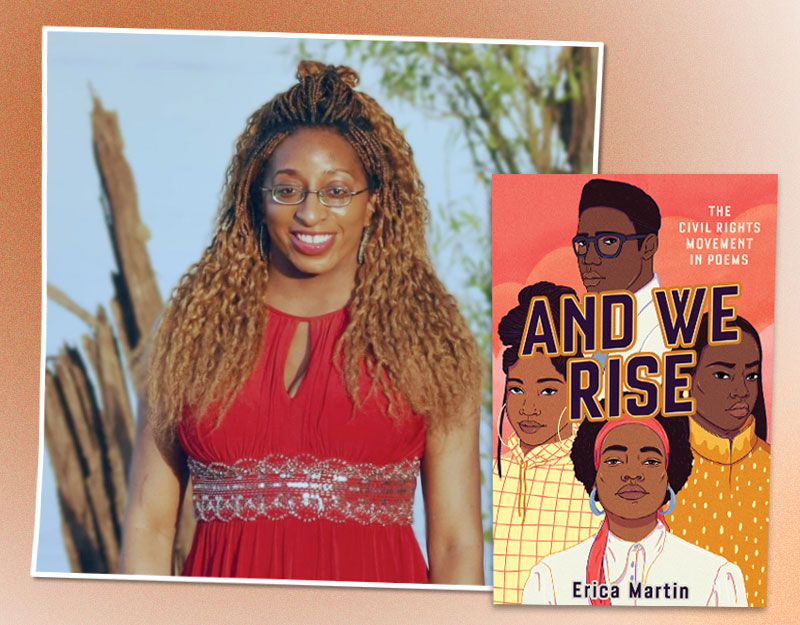Guyku
- Nature and Poetry Writing. Take your students outside to explore the environment around your school. Take along clipboards and writing and sketching materials so that students can record their sensory experiences in preparation for writing their own poetry. If possible, provide students with digital cameras to capture images from the exploration. Allow students time to draft, revise, and receive feedback on their poems. Publish the poems in a class book.
- Genre Study: Gather a collection of texts featuring haiku (use the resources below as a starting point) and begin a genre study of this poetic form. First, read many examples, and ask students to record their observations. Once students have formed hypotheses regarding the characteristics of the form, you may want to provide some “official” definitions or descriptions drawn from the websites below or other sources. Continue to read examples, discussing variations that students observe. Invite students to compose their own haiku collections on topics of their own choosing.
- Humorous Haiku. Using Jack Pretutsky’s advice (see link below) and Guyku as a mentor text, have your students focus on writing humorous haiku. In what ways is writing humorous haiku easier than traditional haiku? In what ways is it more difficult?
- Haiga. Haiga is the traditional art form that combines haiku poems and paintings. Using Renee Owen’s experimental collage work in the December 2010 issue of Haigaonline (see link below), create a class slide show of collage-style haiga.
- Investigating Gender Preferences. This book was written and marketed to appeal to a young male audience. But would girls find it appealing as well? What assumptions do the authors and illustrators make about both boys and girls? Are there any “truths” to those claims, and if so, who says? How might any assumptions lead to stereotypes about boys and girls as readers, learners, and people? Begin a discussion with your class about these questions, and supplement it by reading several texts that explore these issues. Oliver Button is a Sissy, Ballerino Nate, and The Paper Bag Princess are good picture books to help even K-2 students think critically about gender issues. Invite your students to conduct an inquiry project to determine whether or not there are clear gender-related preferences for certain types of reading material. You may want to begin this inquiry by asking students to explore their own assumptions about what girls like to read and what boys like to read. Ask students to design a research tool (such as a survey) to gather information about what their schoolmates like to read. Invite them to extend the study by surveying their parents’ / grandparents’ / neighbors’ reading interests.
Guys Read:
Poetry Foundation on Haiku:
- A collection of fascinating and obscure information about a broad variety of topics appealing to a boy audience.
- An informational book presenting the history and characteristics of haiku.
- The popular comic author presents a picture book featuring a series of haiku about a dog named Mooch.
- A collection of poems that feature the everyday experiences and emotions of childhood.
- A book of instructions for boys “eight to 80,” featuring essential skills for boys, such as how to fish and how to build a treehouse, as well as information on a variety of frequently asked questions.
- Renga is a Japanese poetic form that is a cousin to haiku, consisting of linked verses by multiple authors. The renga in this picture book celebrate life in a small town.
- This informational text pairs haiku with questions and answers about the seasons.
- In this counting book of haiku poems, a young girl explores a Japanese garden.
- A collection of haiku that feature the indigenous foods of the Americas.
- These two tales feature the seventeenth century Japanese poet Matsuo Basho (famous for his haiku compositions) and his reformation of a treacherous fox.
- In this title in the Magic Tree House series, Jack and Annie visit 1600’s Japan and meet the haiku poet Basho.
- In first person haiku, seventeen animals describe themselves. Striking double-page close up images of the animal complement each poem.
- Twenty North American birds are featured in this picture book haiku collection.
- Photographs are used to illustrate this collection of haiku about small creatures, including a spider, a hummingbird, and a crab.
Filed under: Poetry
About Erika Thulin Dawes
Erika is a professor of language and literacy at Lesley University. A former classroom teacher, reading specialist, and literacy supervisor, she now teaches courses in children’s literature, early literacy, and literacy methods. Erika is the co-author of Learning to Write with Purpose, Teaching with Text Sets, and Teaching to Complexity.
ADVERTISEMENT
ADVERTISEMENT
SLJ Blog Network
One Star Review, Guess Who? (#211)
Cover Reveal and Q&A: Dusti Bowling’s Latest – The Beat I Drum (Apr 2025)
Kevin McCloskey on ‘Lefty’ | Review and Drawn Response
Notable NON-Newbery Winners: Waiting for Gold?
The Seven Bills That Will Safeguard the Future of School Librarianship
Take Five: Newbery Picks, Part Two
Gayle Forman Visits The Yarn!
ADVERTISEMENT



